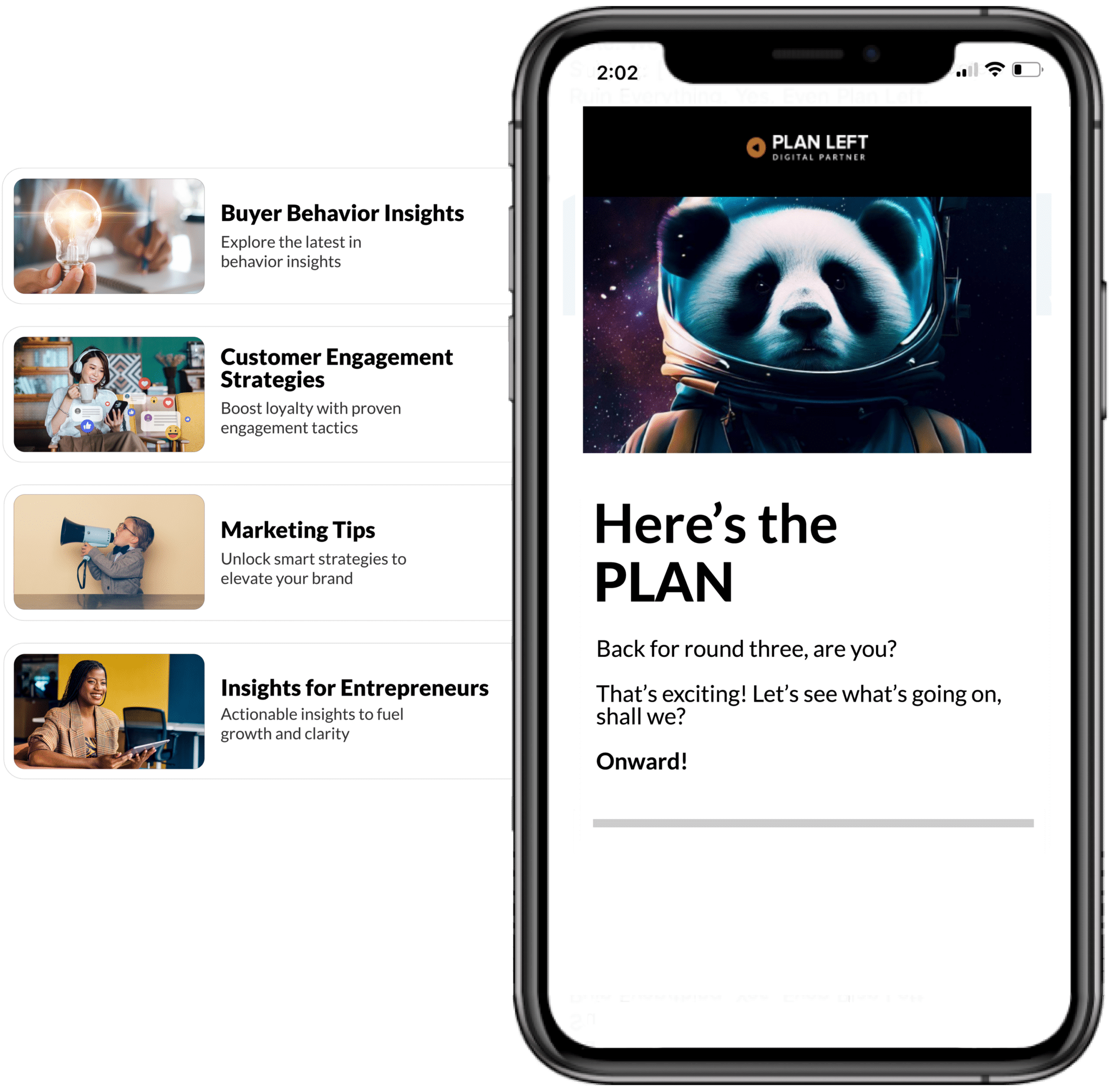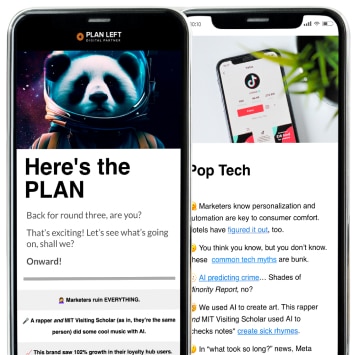
Data drives decisions across every industry, from quarterly revenue reports to user engagement metrics. Yet when this crucial information gets locked behind inaccessible interactive charts, organizations inadvertently exclude millions of users from understanding their most important stories.
The Critical Importance of Accessibility in Data Visualization
Accessibility in interactive design means ensuring that all users, regardless of their abilities or the assistive technologies they use, can perceive, understand, navigate, and interact with data visualizations. This encompasses users who rely on screen readers, keyboard navigation, high contrast displays, or voice control systems to access digital content.
The Broader Impact of Inclusive Design
Over 61 million adults in the United States live with a disability, representing a substantial portion of any target market. Accessible design principles often result in clearer, more intuitive interfaces that benefit all users. From a business perspective, accessible data visualization opens doors to government contracts, educational institutions, and enterprise clients who require ADA web accessibility compliance.
Common Challenges in Making Charts Accessible
Technical barriers represent the most significant hurdle in creating accessible interactive charts. Traditional visualization libraries often rely heavily on SVG elements and complex JavaScript interactions that screen readers struggle to interpret meaningfully.
Design and Technical Limitations
Developers often face multiple challenges when creating accessible visualizations:
- Technical Barriers:
- Screen readers struggle to interpret SVG elements
- Complex JavaScript interactions create navigation challenges
- Visualization tools generate visual representations without corresponding programmatic information
- Design Misconceptions:
- Assuming accessibility means stripping away interactive features
- Creating overly simplified alternatives
- Failing to convey nuanced data insights
Screen reader compatibility issues create particularly complex problems. Interactive charts require users to navigate through data points, filter information, and explore relationships between different data sets, demanding clear navigation paths and meaningful descriptions.
Technical Strategies for Accessible Chart Design
Semantic HTML implementation forms the foundation of accessible chart design. Developers should structure charts using appropriate HTML elements that convey meaning to assistive technologies.
Tools and Best Practices
Several libraries offer robust accessibility features for data visualization:
- Recommended Frameworks:
- D3.js: Extensive customization for semantic meaning and keyboard navigation
- Chart.js: Built-in keyboard navigation and screen reader support
- Highcharts: Accessibility modules with automatic data table generation
- Progressive enhancement approach: Ensure core data remains accessible through HTML tables
- Implementation Strategies:
- Use semantic HTML elements
- Implement ARIA attributes for context
- Provide multi-layered descriptions
- Create alternative text that explains data insights
ARIA attributes provide essential context for screen readers. The aria-label can describe specific data points, while aria-describedby can link to detailed explanations of chart methodology or data sources.
Testing and Validation Approaches
Accessibility testing should integrate into the development process rather than serving as a final checkpoint. While automated tools like axe-core or WAVE can identify obvious violations, manual testing with actual screen readers provides crucial insights.
Keyboard navigation testing reveals interaction patterns that developers might overlook. Every interactive element should be reachable through keyboard commands alone, with clear focus indicators and logical tab ordering.
Accessibility as a Competitive Advantage
Organizations that prioritize accessibility often discover that their design processes become more systematic and user-focused. The constraints of accessible design frequently drive innovative solutions that improve usability for all users.
Companies leading in accessible data presentation often find themselves preferred vendors for large organizations with strict accessibility requirements. This positioning creates sustainable competitive advantages in markets where accessibility compliance is increasingly expected.
Accessible data visualization represents an opportunity to create more intuitive, inclusive digital experiences. By approaching accessibility as an innovation driver rather than a limitation, organizations can develop data presentations that truly serve their entire audience effectively.
Explore Latest Posts
The constant tug-of-war between strategic vision and operational demands defines the modern CEO experience. While your company's future depends on ... read more
December 4, 2025
Your revolutionary product could change industries, but if you can't explain it clearly, it might never reach the people who ... read more
December 2, 2025
The war for tech talent has never been more intense. While established giants throw around seven-figure compensation packages and startups ... read more
November 27, 2025
Essential Strategies for Entrepreneurs
Get Actionable Business Insights & Marketing Tips
Our newsletter delivers real-world strategies from entrepreneurs who’ve been exactly where you are.
Sign up now for:
- Actionable growth strategies that work
- Insider tactics for attracting top talent
- Real-world case studies from successful founders
- Emerging tech trends that drive innovation
- Pragmatic marketing approaches for visionary leaders




